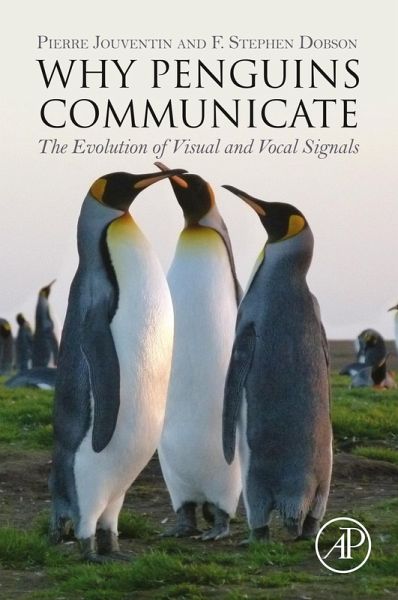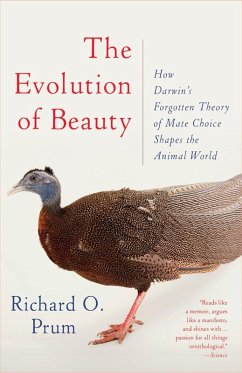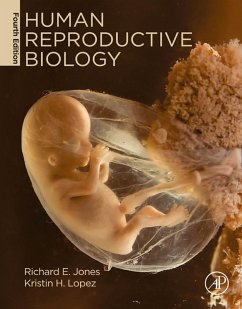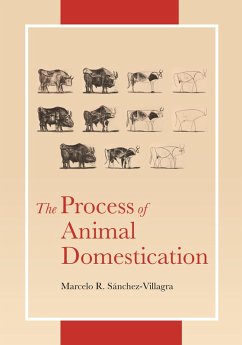
Why Penguins Communicate (eBook, ePUB)
The Evolution of Visual and Vocal Signals
Versandkostenfrei!
Sofort per Download lieferbar
54,95 €
inkl. MwSt.
Weitere Ausgaben:

PAYBACK Punkte
27 °P sammeln!
Why Penguins Communicate: The Evolution of Visual and Vocal Signals is a comprehensive and condensed review of several hundred publications on the evolution of penguin behaviors, particularly signaling, linking genetics and ecology via such behavioral adaptations as nuptial displays. This exciting work has developed from the authors' many years researching on the behavioral strategies of penguins, such as the unique vocal signatures for individual recognition. Studies of penguins on islands surrounding Antarctica are presented, fully showcasing the behavioral significance of visual ornaments (...
Why Penguins Communicate: The Evolution of Visual and Vocal Signals is a comprehensive and condensed review of several hundred publications on the evolution of penguin behaviors, particularly signaling, linking genetics and ecology via such behavioral adaptations as nuptial displays. This exciting work has developed from the authors' many years researching on the behavioral strategies of penguins, such as the unique vocal signatures for individual recognition. Studies of penguins on islands surrounding Antarctica are presented, fully showcasing the behavioral significance of visual ornaments (mating displays) and how and why penguins behave via adaptive evolutionary explanations. Through this evolutionary lens, the authors address several questions involving their identification and taxonomy, habitat and location, breeding, and differences between penguins and other seabirds. Each species occupies a unique ecological niche, and behaviors permit separating the species through mutual display. Although model organisms in science are diverse and specialized, we see the entire integration in penguins, from acoustical and optical physics, to behavioral display and speciation. This work highlights the adaptive significance of their behavior through an evolutionary point- of-view. - Provides a focused view on visual and vocal communication behavior, also presenting the family of penguins as a model for acoustical studies - Considers the role of ecological and social environments on the evolution of communication in penguins - Spans the gap between the scientific community and an interested lay audience, featuring a readable style for students, professional researchers in biology, ornithologists, ethologists and penguin enthusiasts alike - Ideal resource for graduate seminar courses on evolution of behavior, marine ecology, polar biology and ornithology
Dieser Download kann aus rechtlichen Gründen nur mit Rechnungsadresse in A, B, BG, CY, CZ, D, DK, EW, E, FIN, F, GR, HR, H, IRL, I, LT, L, LR, M, NL, PL, P, R, S, SLO, SK ausgeliefert werden.













